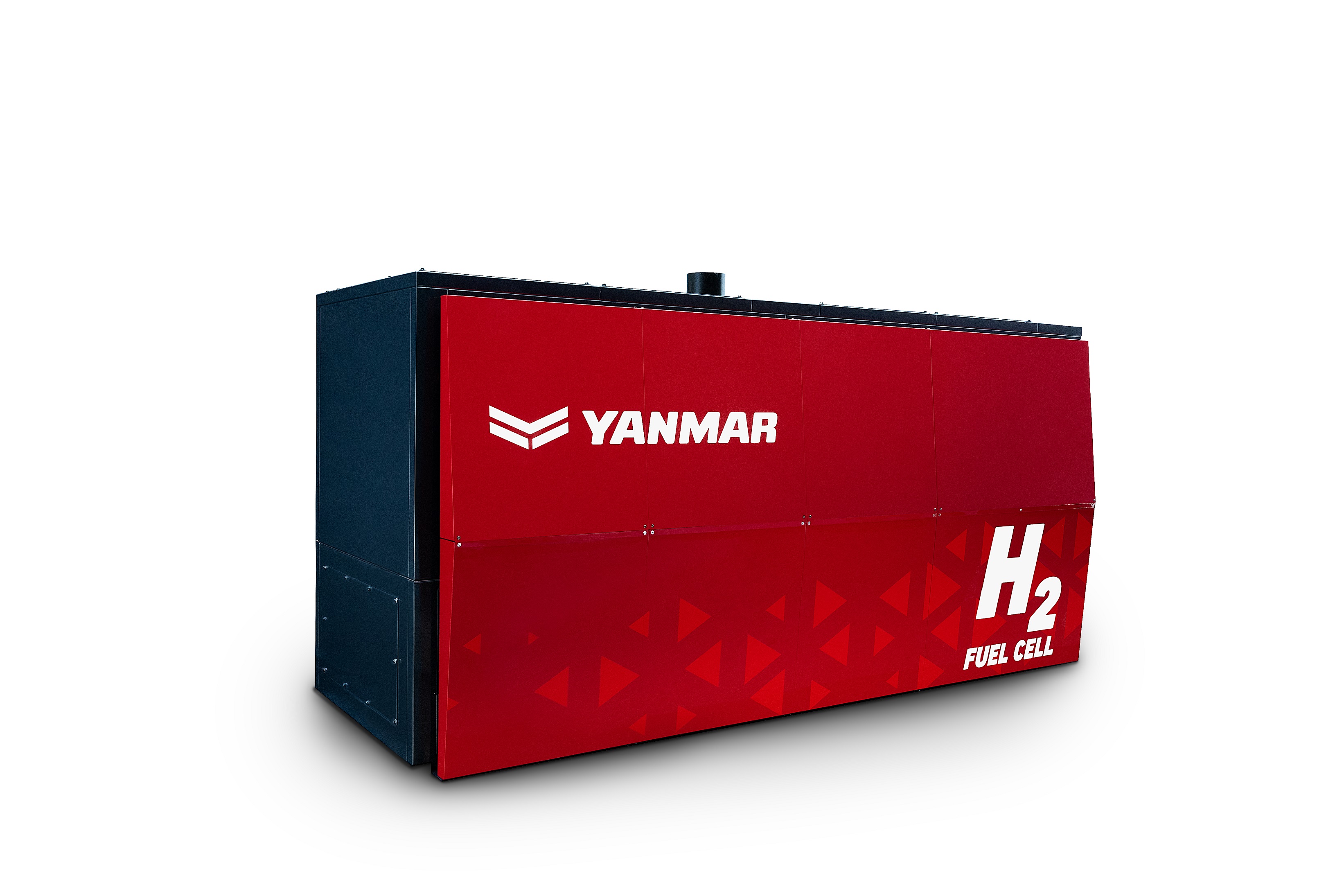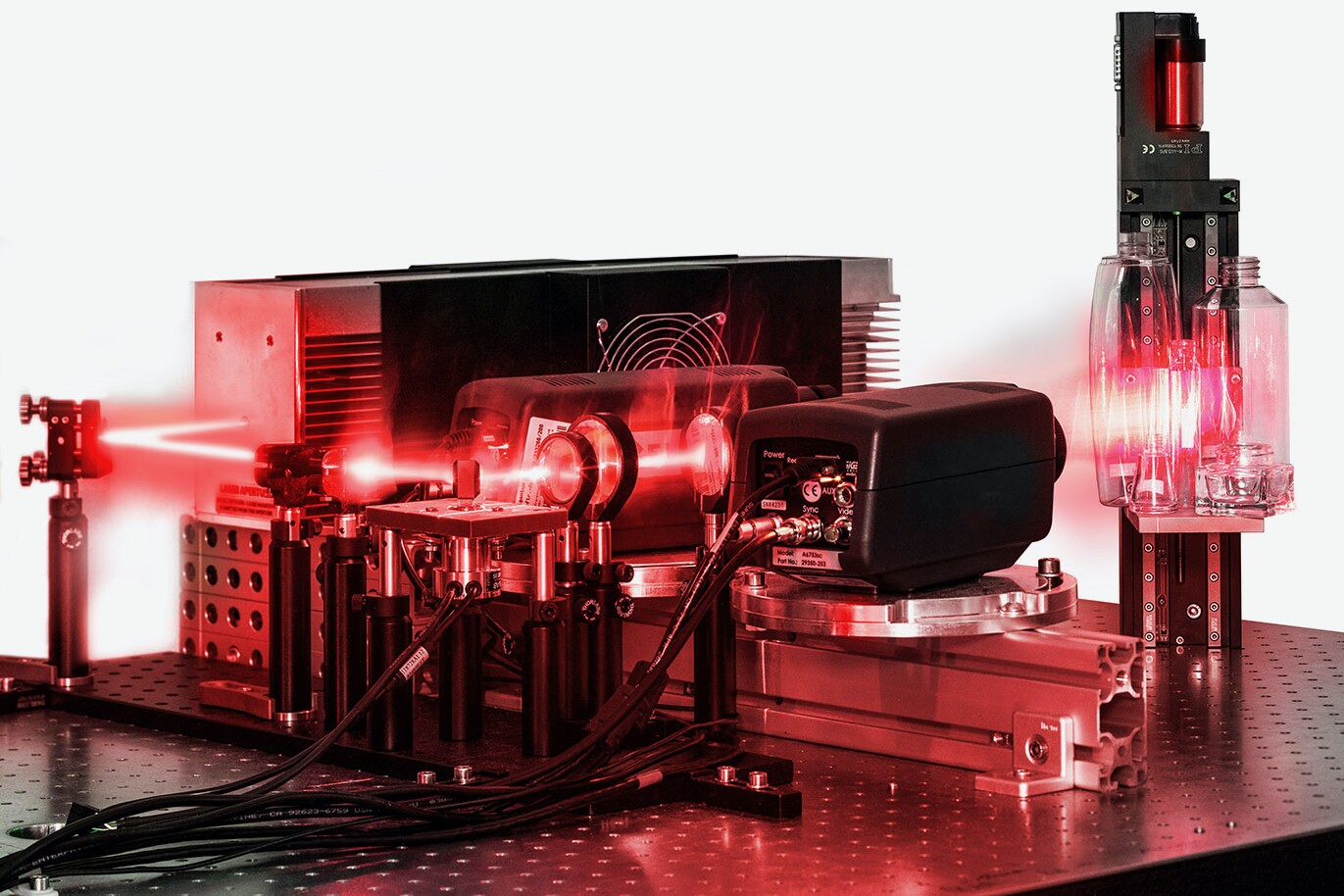The BLOODHOUND Supersonic Car kit contains over 3,500 components, many custom-made, including: a state-of-the-art Rolls-Royce EJ200 jet engine – normally found in the Eurofighter Typhoon jetfighter; a cluster of Nammo hybrid rockets – developed to power the next generation of space launchers; a 550hp Supercharged Jaguar V8 – used to pump the oxidizer into the rocket; two unique Rolex instruments specially made for BLOODHOUND SSC; a titanium skinned upper chassis; a carbon fiber monocoque and canopy with 50mm thick windshield; plus 22,500 aerospace-grade rivets, each hand-fixed. Driver Andy Green and assembly instructions included.
One hundred and ten man-years have been invested in the design, build and manufacture of the BLOODHOUND Supersonic Car, which is on track to challenge the Land Speed Record later this year in the Kalahari Desert, South Africa.
BLOODHOUND may be the world’s fastest race car but going fast is not its main role. The focal point of The BLOODHOUND Project is to inspire the next generation of scientists and engineers by showcasing these subjects in the most exciting way possible. Over 5,700 UK primary and secondary schools and thousands more around the world use BLOODHOUND materials in class and science clubs. The aim is for every school child in the UK to enjoy at least one BLOODHOUND lesson or experience by the time the car reaches its ultimate Land Speed Record goal of 1000mph in 2016.
More About BLOODHOUND:
- The world land speed record of 763 mph is held by Thrust SSC, a UK team led by BLOODHOUND’s Project Director Richard Noble and driven by Andy Green.
- The BLOODHOUND team scoured the globe to find the perfect desert in which to run the car. It needed to be at least 12 miles (19km) long, two miles (3km) wide and perfectly flat. The Hakskeen Pan, Northern Cape, South Africa was selected.
- At full speed, BLOODHOUND SSC will cover a mile (1.6km) in 3.6 seconds; that’s 4.5 soccer fields laid end to end per second.
- BLOODHOUND has three power plants, a Rolls-Royce EJ200 jet from a Eurofighter Typhoon, a cluster of Nammo hybrid rockets and a 550 bhp Supercharged V8 Jaguar engine that drives the rocket oxidizer pump. Between them, they generate 135,000 thrust hp, equivalent to 180 F1 race cars.
- BLOODHOUND SSC is currently being assembled at the BLOODHOUND Technical Center in Bristol, UK. It is on schedule for rollout in the summer of 2015, where it will undergo UK runway testing up to 200 mph (321 km/h) at the Aerohub, Newquay. The team will then deploy to South Africa to begin high-speed testing with the target of reaching 800 mph (1,287 km/h). The team will return to the UK to review the data and return to South Africa in 2016 with the aim of reaching 1,000 mph (1,609 km/h).
- Over 250 global companies, 180 of them SMEs, are involved in the project, which has become a showcase for science and engineering capability.
- Over 5,700 UK primary and secondary schools have signed up to use the free BLOODHOUND Education resources in their classrooms
- The educational outreach program also runs in South Africa with more than 600 schools already participating, and more than 100 BLOODHOUND Ambassadors signed up to help use the project to inspire young people about studying math and science. The program reaches out to schools across the country but particularly in the Northern Cape Province, home to the track where the BLOODHOUND SSC will run.







